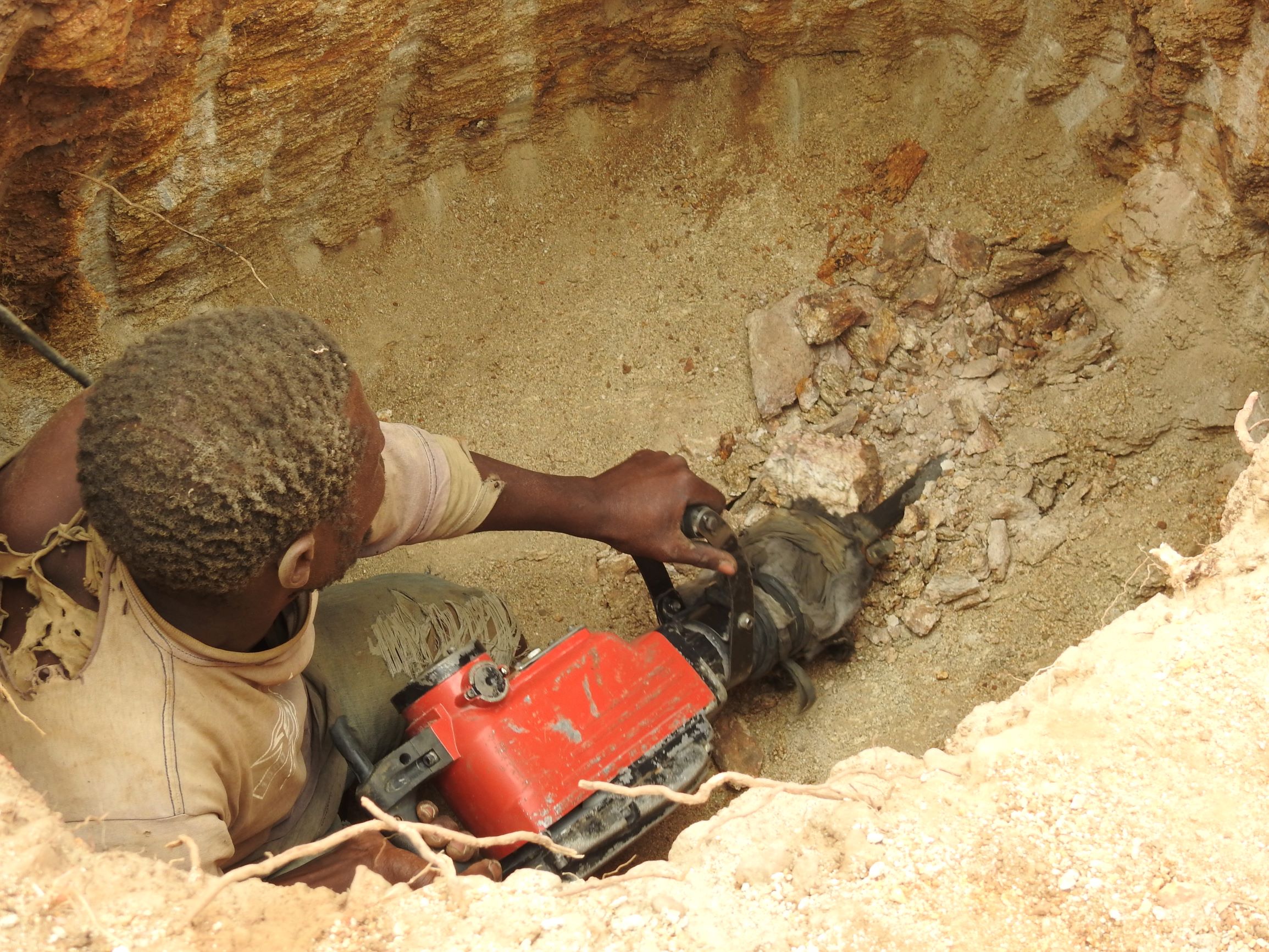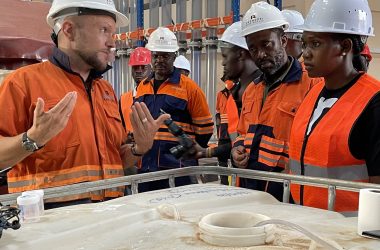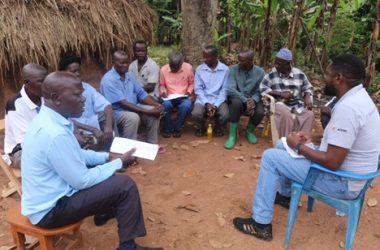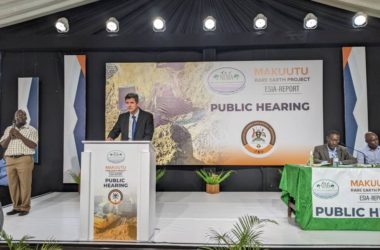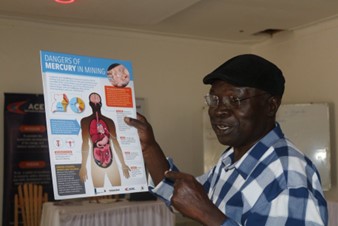Karamoja region, now comprising nine districts, was mostly insecure until the turn of the twenty first century. A long stretch of civil strife that dates back to the 1970s characterized by incessant political unrest and illicit arms trade was further exacerbated by a series of severe droughts and famine in the 1980s. The region experienced a recordbreaking five-year drought, with no rainfall at all in 2004, recounts Sisto Dodoth, the Gombolola Internal Security Officer, Tapac sub-county.
Consequently, a humanitarian crisis unfolded, combining severe food insecurity and environmental destruction as the social and economic fabric deteriorated, with armed bandits engaging in raids and forcing the locals into internally displaced camps. For long, Karamoja, arguably the most highly mineralised area in the country, remained under-developed and marginalized.
However, relentless government interventions of disarmament that commenced in December 2001, combined with relief efforts by Development Partners, started to turn things around.
While prolonged insecurity in Karamoja discouraged many potential investors from setting up shop there, it created fertile ground for speculators and daring undercapitalised companies looking for a quick buck.
As the region opens up to development, the main attraction is minerals. Tebanyang Emmanuel, the Programs Manager at the Karamoja Development Forum (KDF), a local NGO, says that starting around 2010 to date, with relative peace, the Karimojong have been settling back into their traditional ancestral homes. However, most are finding that their lands have been surveyed and fenced off by powerful individuals, investors and even government agencies. “Karamoja is known as the marble city,” Tebanyang quips. “Up to 60 percent of Karamoja is under mineral concessions; 35 percent is under protected areas of Uganda Wildlife Authority and National Forestry Authority, leaving just 5 percent for human settlement and activities like pastoralism and agriculture,” he adds.
Research by industry practitioners, civil society and other actors indicates that many licenses are being held by speculators and beneficial owners who hope to cash in when they eventually sell their interests to real investors. This is causing friction between mining companies and mineral host communities over surface rights, land acquisition and unfair compensation.
Lately, Artisanal and Small-Scale Miners (ASMs), whose operations are often nomadic in nature, have joined the fray and are engaged in mining of gold, marble, limestone, gemstones and other minerals.
In Moruita sub-county, Nakapiripirit District, ASMs operate in the areas of Morukakimat, Acherer and Utut. The Moruita Community Development Officer, Loput Callisto Kamkam, says the Pokot, who retreated into the surrounding mountains at the height of insecurity in the region, are the original landowners. “The Pokot are now returning to their vast grazing lands to find foreigners,” he says. “Bagisu, Karimojong, Baganda, Banyankole and many other tribes have come to mine in these areas and the Pokot feel threatened.”
Insecurity threatens more investment.
Gold, marble and limestone are the three minerals attracting most interest in the region. Big players like Tororo Cement and Hima Cement have huge mining concessions for limestone with plans underway by the latter to construct a plant in Rupa sub-county. Tororo Cement is also in advanced stages of assessing the feasibility of establishing a clinker plant in Tapac sub-county, according to David Amido, the company’s Utility and Logistics Manager. Clinker is a binding agent commonly used in cement production.
However, a recent spike in cases of insecurity especially in the districts of Moroto, Nabilatuk, Napak and Kaabong could prove a daunting challenge as government works to position mining as one of the priority sectors to attract more investors and spur national growth.
The insecurity also comes at a time when government is embarking on the aeromagnetic geophysical survey and geological mapping of Karamoja to generate data to facilitate further exploration and attract more investment.

